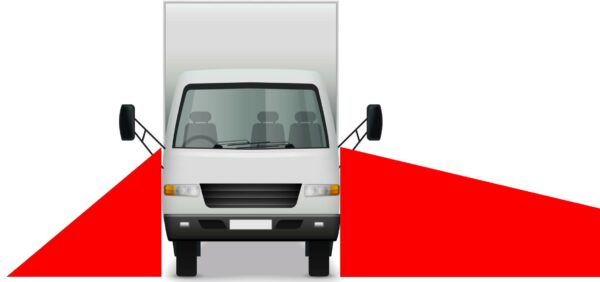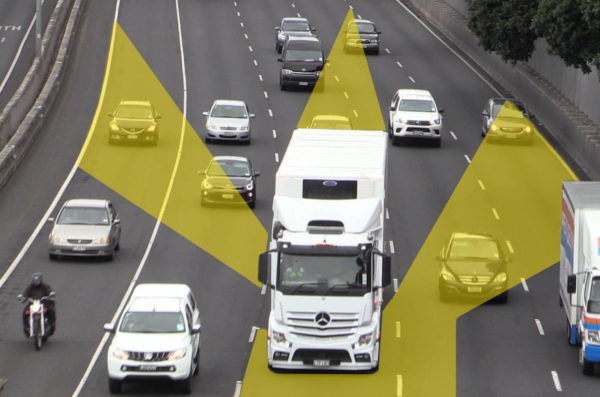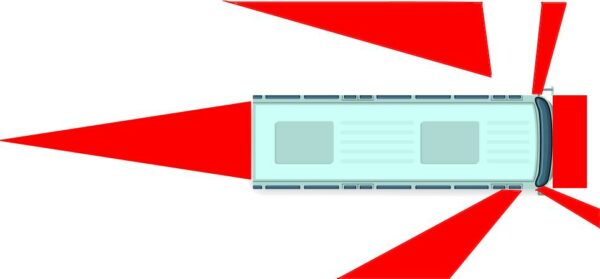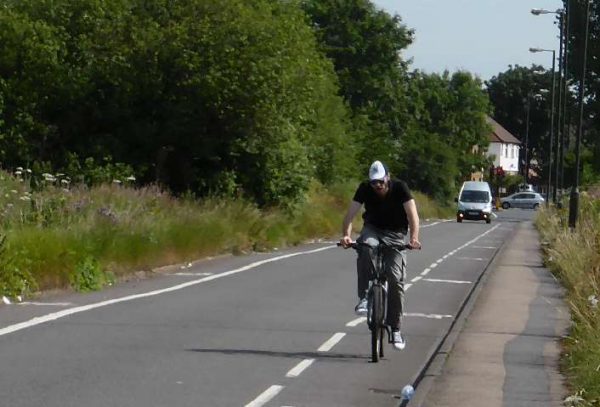A cyclist is always at a disadvantage in a vehicle vs bike crash. To reduce the chances of this happening, it’s helpful to bridge the gap between the expectations and knowledge of drivers vs cyclists.
What do cyclists wish drivers knew?
Cyclists often feel vulnerable on the road, especially when drivers drive too close to them. The solution to this is for vehicle drivers to leave at least 1.5m space when passing.
The slipstream from large vehicles (HGVs, buses), can suck a cyclist towards the middle of the lane; the faster the vehicle is travelling, the worse this is.
Cyclists can’t always ride a perfectly straight line because they need to avoid potholes, gutters and drains, and glass and sharp debris on the road, as well as deal with wind, the slipstream from overtaking vehicles, and gradients and slopes on the road. Plus, at lower speeds it becomes more and more difficult to ride in a straight line.
Cyclists could be filtering through very slow-moving traffic on either side.
Bicycles have poor stopping distances compared to cars due to the lack of rubber touching the road. A cyclist with a rider might weigh 100kg, and has a thin strip of tyre 1cm wide in contact with the road. A car might weigh 2000kg (20 times as much), but would have more than 200 times the footprint of the bike on the road.
Cyclists are at risk of being car-doored. Drivers should open their door with their opposite hand to enable them to look behind before opening.
Some old cycle paths and shared paths are very bumpy and uncomfortable; riding on the road feels better. Cyclists are allowed to ride on the road.
Every cyclist on the road is one less vehicle that’s clogging up the road network, polluting the atmosphere.
High-beam headlights are just as blinding to a cyclist.
Cyclists are permitted to ride two-abreast.
What do vehicle drivers wish cyclists knew?
Lorry drivers have large blind spots where cyclists are essentially invisible to them. The main one is down the passenger side of the cab. There’s another one immediately in front of the truck.


Buses also have large blind spots, although due to the large glass door, it’s slightly better than a lorry.

Cyclists filtering up the left while drivers are turning left are difficult to see and put themselves in danger.
When a vehicle is waiting to exit a side street, cyclists are difficult to see when going fast because of saccades. These are minute adjustments that your eye makes to focus. However, we are blind when the saccade is happening.
Cyclists are especially difficult to see at night if they are not wearing hi-viz and have no lights.
Cyclists riding two-abreast should break down to single-file to let faster traffic pass.
If there’s a cycle lane, cyclists should use it.

Cyclists should follow the road rules (not run red lights, signal their intentions, etc)
